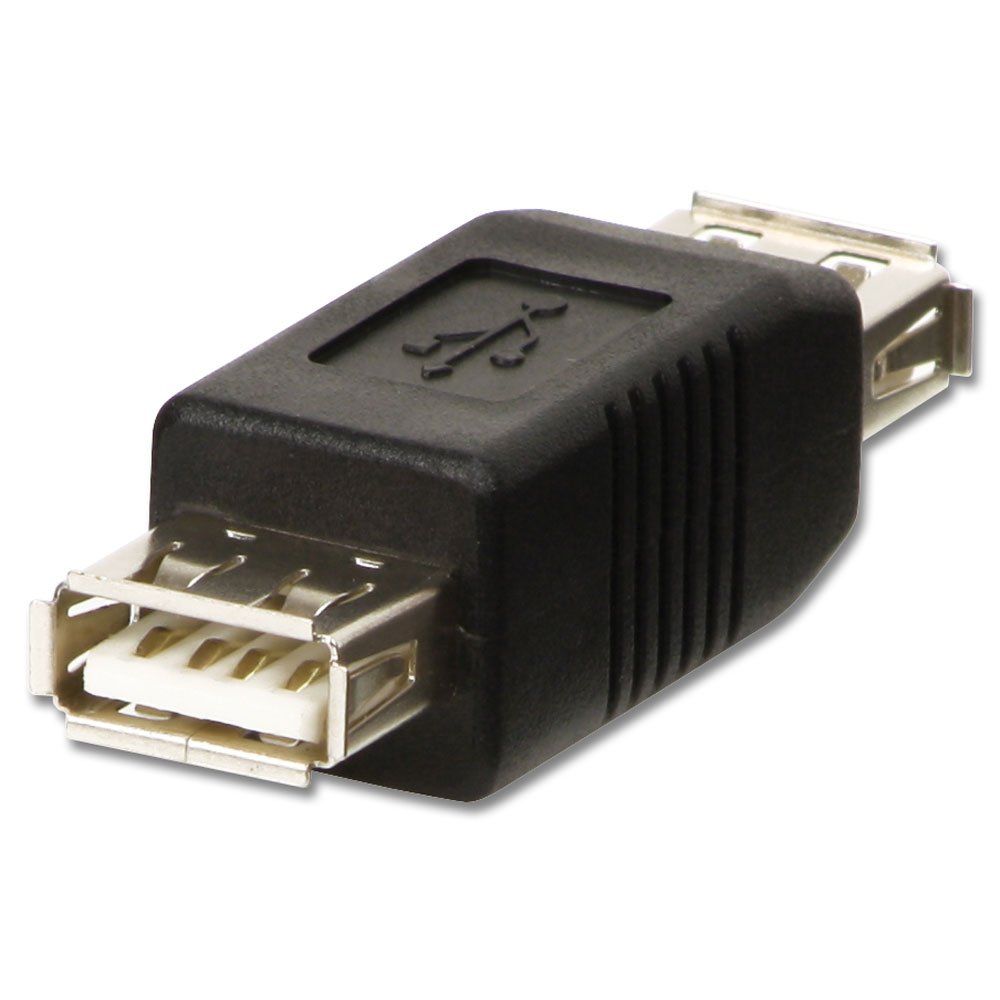Except desktop environments - they are far from a simple loosely collection of simple stuff. They coordinate your whole desktop experience. Apps need to talk to them a lot and often in ways specific to a single DE. Theming applications is done differently for every toolkit there is, startup applications (before systemd) is configured differently, global shortcuts are configured differently by each one… If anything it is something you interact with far more than systemd and has far more inconsistencies between each one. Yet few people complain about this as much as they complain about systemd.
Systemd is a giant mess of weirdly interdependent things that used to be simple things.
They used to be simple things back when hardware and the way we use computers were much simpler. Nowadays hardware and computers are much more dynamic and hotplugable and handle a lot more state that needs to persist and be kept track of. https://www.youtube.com/watch?v=o_AIw9bGogo is a great talk on the subject and talks about why systemd does what it does.





Your battery drains more the more you activity use the device. Shocking…
If it is your phone just uninstall those apps, then you cannot use them. If the devices main point is those apps like gaming on the switch what do you expect? I think the only real problem here is the switch’s lack of customizability so you have no trade off between game quality and battery life like you can on something like the steam deck.